111.
The ruler known for his rock and pillar edicts promoting Buddhism and religious tolerance in ancient India was:
Explanation:
112.
The concept of "Ahimsa" (non-violence) and "Satyagraha" (truth force) were principles advocated by which prominent Indian leader?
Explanation:
113.
The Mughal Emperor who commissioned the construction of the Taj Mahal was:
Explanation:
114.
The medieval Indian Sufi saint and poet whose compositions are collected in the "Diwan-e-Hafez" was:
Explanation:
115.
The battle of Plassey in 1757 is considered a significant turning point in Indian history and marked the beginning of British rule in India. It was fought between the British East India Company and which Indian ruler?
Explanation:
116.
Who was the first Prime Minister of India?
Explanation:
117.
The Jallianwala Bagh massacre, a tragic event during the Indian independence movement, occurred in which city in 1919?
Explanation:
118.
The Indian leader who played a crucial role in negotiating with the British for India's independence and later became India's first Governor-General was:
Explanation:
119.
India's first woman Prime Minister was:
Explanation:
120.
India conducted its first successful nuclear test in 1974. What was the codename of this test?
.png)

